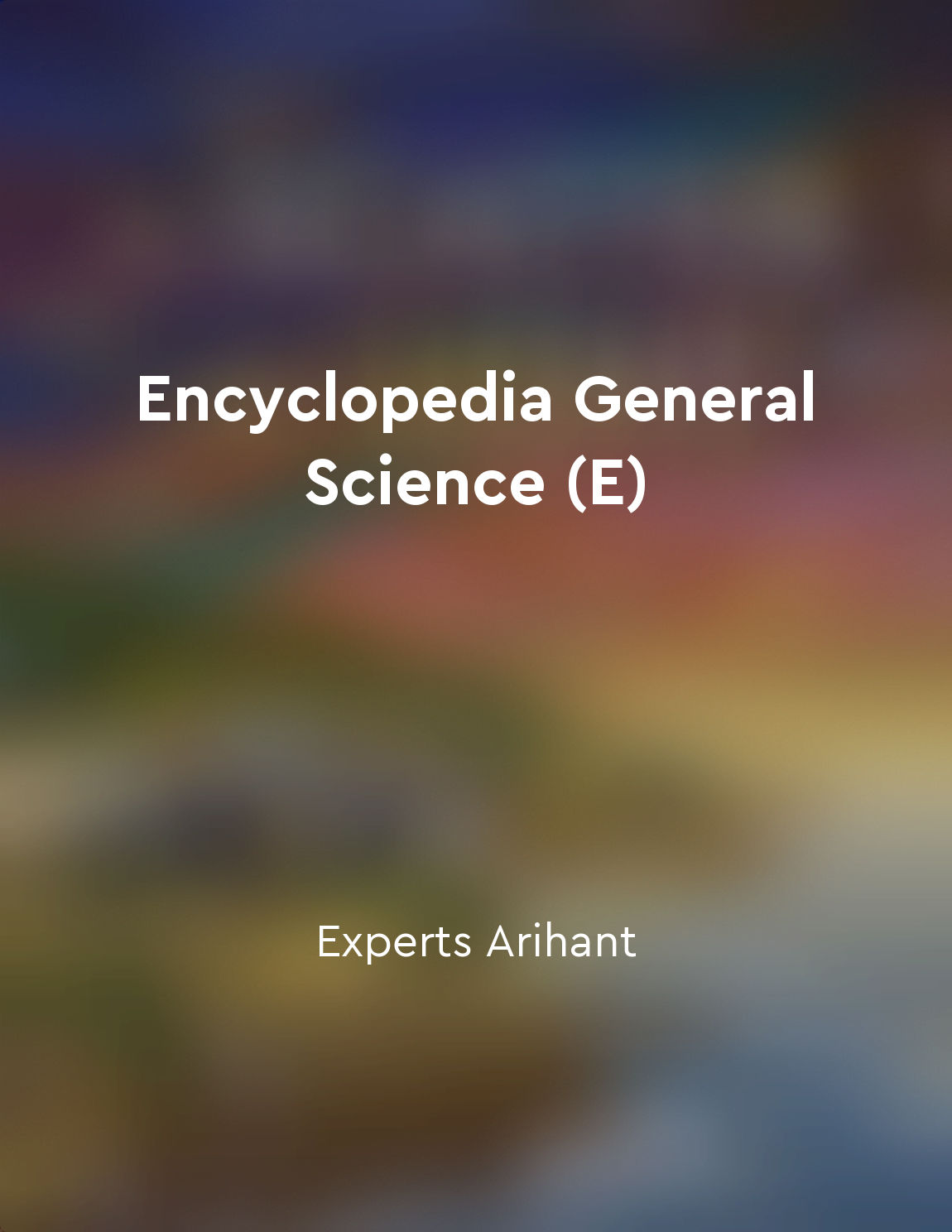Their diversity challenges our perceptions from "summary" of Exoplanets and Alien Solar Systems by Tahir Yaqoob
The vast array of exoplanets that have been discovered in recent years has truly challenged our perceptions of what is possible in the universe. These alien worlds come in all shapes and sizes, ranging from massive gas giants to rocky terrestrial planets. Some orbit their parent stars at a distance that would seem inhospitable to life as we know it, while others reside in the habitable zone where conditions may be just right for liquid water to exist. The sheer diversity of exoplanets forces us to reevaluate our preconceived notions about planetary formation and evolution. For example, the discovery of "hot Jupiters" – gas giants that orbit very close to their stars – was completely unexpected based on our understanding of how planets should form. Likewise, the detection of super-Earths – rocky planets that are larger than Earth but smaller than Neptune – has challenged our assumptions about the range of planetary sizes that can exist. Furthermore, the incredible variety of exoplanetary systems challenges our understanding of how solar systems can be structured. Some exoplanets have been found in binary star systems, where two stars orbit each other while planets circle around them. Others orbit pulsars, the rapidly spinning remnants of massive stars that have exploded as supernovae. These exotic configurations push the boundaries of what we thought was possible in terms of planetary orbits and environments.- The diversity of exoplanets that have been discovered in recent years is truly mind-boggling. These alien worlds have forced us to rethink our ideas about planetary formation, evolution, and the structure of solar systems. As we continue to explore the cosmos and uncover more of these enigmatic worlds, our perceptions of the universe will undoubtedly be challenged even further.
Similar Posts

Zoology examines the animal kingdom
Zoology, a branch of biology, delves into the study of the animal kingdom. It explores the diverse world of animals, ranging fr...
Humanity must colonize other planets
The future of humanity is uncertain. Our home planet, Earth, faces numerous threats - from climate change to asteroid impacts. ...

Understanding the role of supernovae in the Milky Way's evolution
Supernovae play a crucial role in the evolution of the Milky Way, one that cannot be overstated. These powerful explosions have...

Neutron stars are the densest objects in the universe
Neutron stars are the densest objects in the universe. Imagine taking the entire mass of the Sun and squeezing it into a sphere...
The study of exoplanets may provide insights into our own solar system
Studying exoplanets, or planets outside our solar system, can offer valuable insights into the workings of our own solar system...
Some exoplanets have been directly imaged
Direct imaging of exoplanets is a remarkable feat achieved by astronomers using advanced technology and techniques. This method...
Learn about constellations
To understand the concept of constellations, we must first look up at the night sky. The stars we see are not randomly scattere...
Life on Earth may be unique, but the ingredients for life are scattered throughout the universe
The idea that life on Earth is a singular phenomenon has long held sway. We have been conditioned to think of ourselves as the ...

Milky Way is home to billions of stars
The Milky Way, our galaxy, is a vast cosmic collection of stars, planets, gas, and dust. It is estimated that the Milky Way is ...

